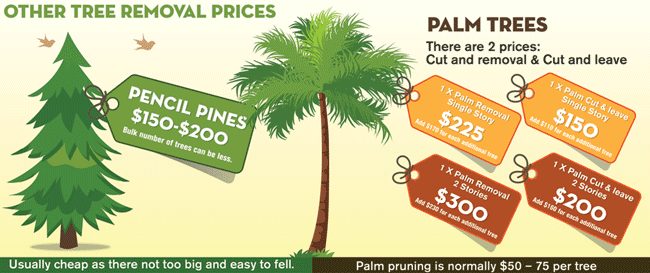Post-Tree Removal Support: Exactly How To Effectively Recover Your Landscape
Post-Tree Removal Support: Exactly How To Effectively Recover Your Landscape
Blog Article
Content Author-Wilcox Als
After a tree's elimination, your landscape may look rather various, and it's important to analyze the results carefully. You'll want to assess the soil disruption and inspect surrounding plants for any type of indications of tension. Disregarding these factors can bring about bigger troubles down the line. So, what should you finish with those stumps and origins? And how do you choose the very best plants for your revitalized area? Let's explore these vital steps.
Analyzing the Consequences: Assessing Your Landscape
After a tree removal, it's vital to examine your landscape to recognize the effect it carries your yard.
Start by checking out the location where the tree stood. Search for indications of soil disturbance, and inspect the bordering plants for any type of anxiety or damages.
You must additionally remember of how the elimination has actually changed sunshine exposure and air flow in your garden. This change can influence the development of neighboring plants, so it's important to evaluate their health and wellness.
Take into consideration the aesthetic facets too; the removal may produce an open space that you can upgrade.
Ultimately, think about any type of possible erosion problems that might occur from the tree's absence. Addressing these factors early will aid restore balance to your landscape.
Taking care of Stumps and Roots: Choices for Elimination
When you have actually examined the aftermath of the tree removal, you'll likely require to take on the stump and origins left.
You have a few alternatives for elimination. One efficient method is stump grinding, where a professional utilizes a machine to grind the stump down to underground level. This strategy leaves marginal disruption to your landscape.
If you choose a DIY approach, you can utilize a mix of digging and chemical stump removers. Just keep in mind, this process can take some time and initiative.
Conversely, take into consideration leaving the stump as an all-natural attribute, which can act as an one-of-a-kind yard element or environment for wild animals.
Whatever you select, resolving the stump and origins is vital for recovering your landscape.
Selecting the Right Plant Kingdoms for Your New Area
As you assess your newly cleared space, picking the right plants can substantially enhance your landscape's elegance and performance.
Beginning by thinking about the sunshine and dirt problems. For sunny locations, opt for drought-resistant plants like lavender or succulents. In shaded places, brushes and hostas grow well.
Think of the size and development behaviors of your plants; mix perennials and annuals for seasonal range. Do not forget to include indigenous varieties; they need less maintenance and assistance neighborhood wild animals.
Group plants in odd numbers for an extra all-natural look and develop layers for visual deepness.
Lastly, https://www.unionleader.com/news/environment/tempers-flare-over-toppled-apple-trees-in-londonderry/article_26a35c04-2872-58e6-9a0e-9b1d75fc5361.html have a mix of colors and structures to keep your landscape vivid throughout the seasons.
Happy planting!
Final thought
Finally, recovering your landscape after tree elimination is a gratifying process. By examining the after-effects, resolving stumps and origins, and selecting the right plants, you'll develop a thriving setting. Don't fail to remember to incorporate erosion control actions to protect your soil. With a little initiative and care, you can change your area right into a lively garden that boosts your residential or commercial property. Accept the chance to invigorate your landscape and delight in the beauty of nature right in your backyard!
